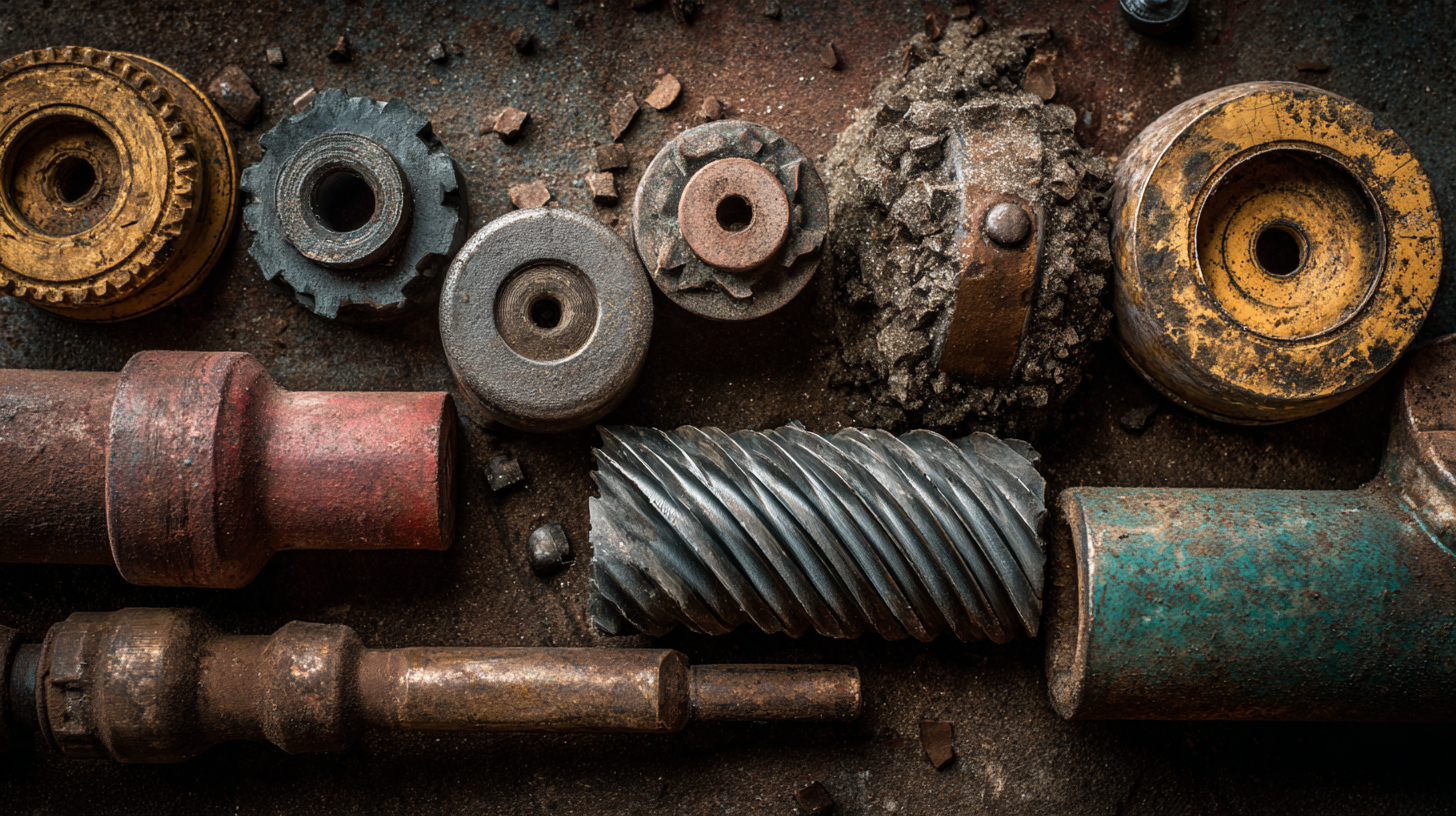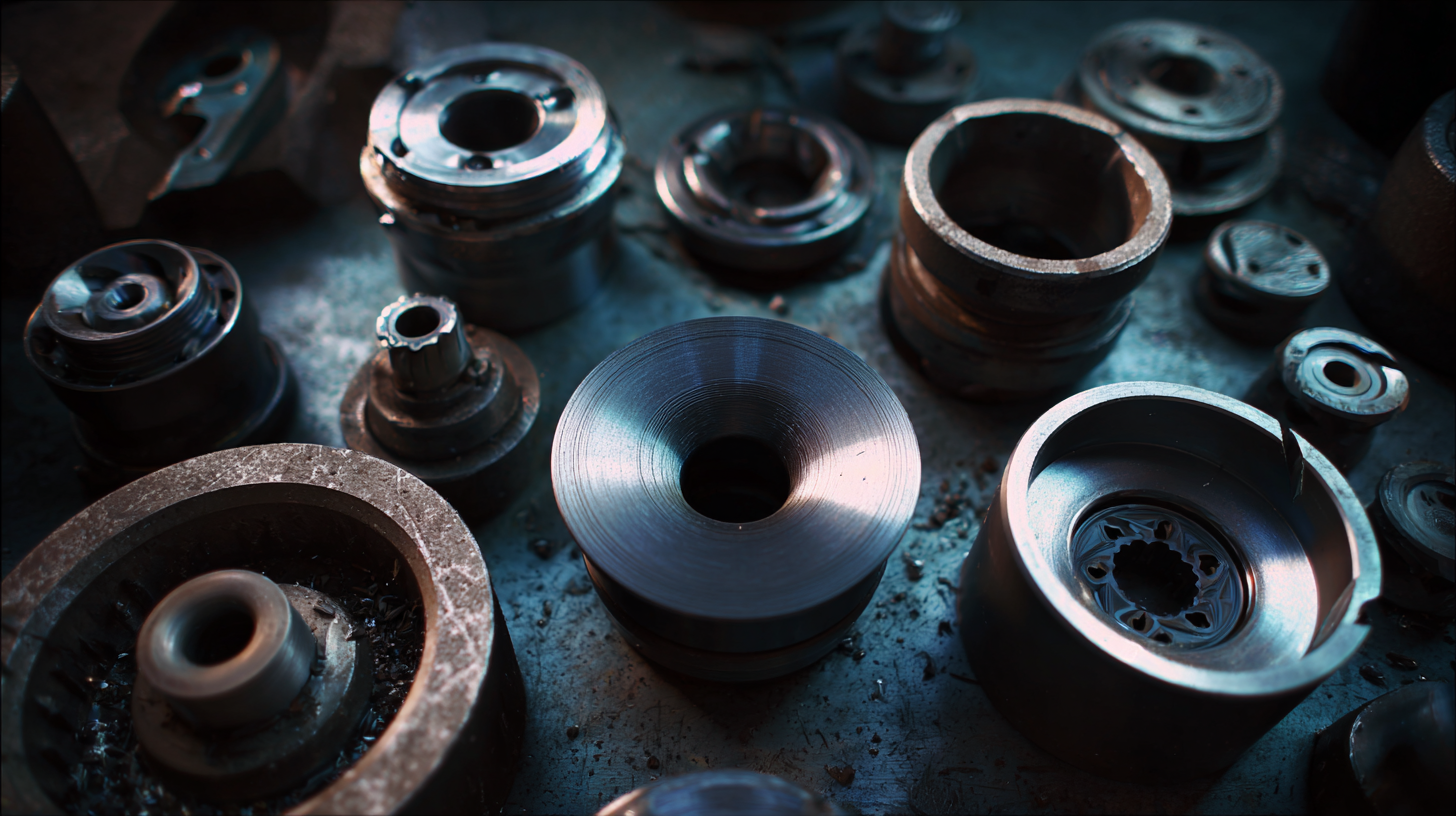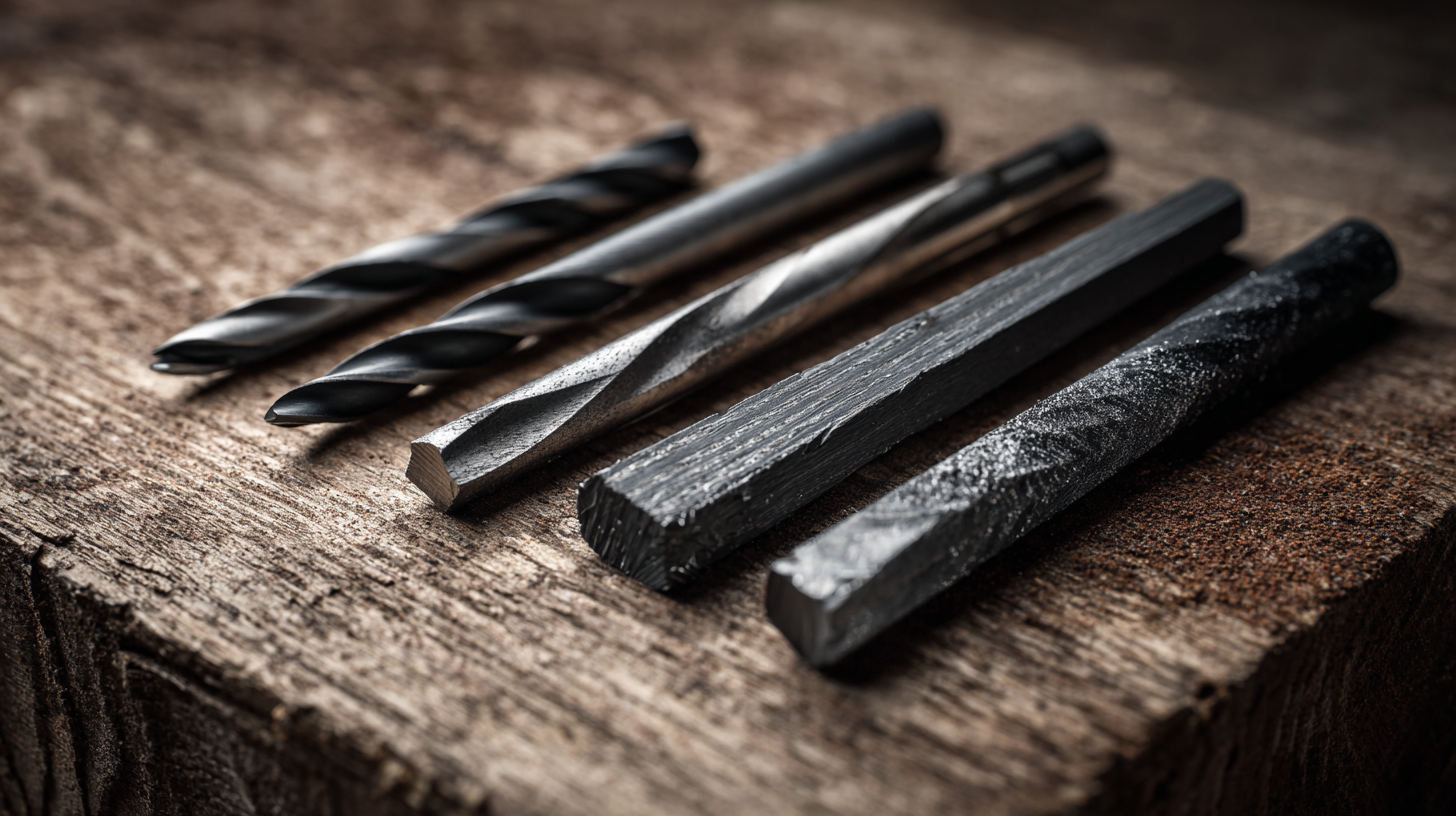Office USA: 706-658-1122 | Tech Support: 706-362-4813
Office Bulgaria: +359 431 64477
Mastering the Art of Selecting the Best Grinding Tools for Your Industrial Needs
In the dynamic landscape of industrial manufacturing, the role of grinding tools has never been more critical. According to a report by Research and Markets, the global grinding tools market is projected to reach USD 6.4 billion by 2025, driven by the increasing demand for precision machining across various industries. Selecting the right grinding tools is essential not only for enhancing productivity but also for ensuring the quality of finished products. With the diverse array of grinding tools available, from conventional bonded abrasives to advanced diamond and CBN wheels, mastering the art of selection is paramount for industry professionals. This checklist aims to illuminate the key factors to consider when choosing grinding tools tailored to your specific operational needs, thereby optimizing performance and driving competitive advantage in an ever-evolving market.

Understanding the Different Types of Grinding Tools for Industrial Applications
When it comes to industrial applications, selecting the right grinding tools is crucial for optimizing performance and achieving high-quality results. There are various types of grinding tools available, each designed for specific tasks and materials. For instance, diamond grinding wheels are renowned for their exceptional hardness and are ideal for cutting through tougher materials, such as ceramics and hardened steel. Their durability makes them a favorite in industries requiring precision and longevity.
Another common type is the aluminum oxide grinding wheel, which is versatile and effective for general-purpose grinding. These wheels are suitable for a range of materials, including steel and non-ferrous metals, making them a go-to choice for many manufacturing operations. Additionally, cylindrical grinding tools are instrumental for shaping and finishing cylindrical workpieces, ensuring smooth surfaces and precise dimensions. Understanding these types and their applications can significantly influence your production efficiency and product quality, enabling you to make informed decisions for your industrial needs.
Mastering the Art of Selecting the Best Grinding Tools for Your Industrial Needs
5 Key Factors to Consider When Choosing Grinding Tools for Your Industry
When selecting the best grinding tools for industrial needs, it’s crucial to consider various key factors that can significantly impact efficiency and productivity. First and foremost, understanding the specific floor type is essential. Different materials, such as marble, limestone, concrete, and granite, require tailored grinding approaches. Each of these surfaces has unique properties that affect the grinding process, making it imperative to select tools designed for the specific material at hand.

Additionally, the grinding machine's power, flexibility, and adaptability are critical. A higher power output may lead to faster processing times, while flexibility in settings allows for adjustments based on diverse application requirements. Companies should also pay attention to the machine's support for various compositions and configurations, particularly when dealing with non-flat structures found in complex mechanical components. Overall, taking these factors into account will help ensure the right grinding tools are chosen to meet industrial demands effectively.
The Importance of Material Compatibility in Grinding Tool Selection
When it comes to selecting grinding tools for industrial applications, one of the most critical factors to consider is material compatibility. The effectiveness and lifespan of your grinding tools significantly depend on how well they match the materials being processed. Different materials exhibit varying hardness, abrasiveness, and thermal properties, which can profoundly influence the choice of grinding tools. For example, using diamond tools for hard materials like ceramics or hardened steel can ensure efficient and effective grinding, while softer materials may require tools made from various composites or carbide.
Furthermore, material compatibility not only affects performance but also impacts safety and maintenance costs. When grinding materials that contain metallic elements, using tools that are resistant to wear and tear can prevent the risks associated with tool degradation. Additionally, employing incompatible tools with the work materials can lead to premature tool failure, resulting in increased downtime and costs. Consequently, prioritizing material compatibility in grinding tool selection is essential for maximizing productivity and ensuring a safe working environment. Identifying the right combination of materials and tools will not only enhance productivity but also extend tool life, giving a significant return on investment.
Mastering the Art of Selecting the Best Grinding Tools for Your Industrial Needs - The Importance of Material Compatibility in Grinding Tool Selection
| Grinding Tool Type | Material Compatibility | Typical Applications | Advantages | Disadvantages |
|---|---|---|---|---|
| Alumina Grinding Wheels | Ferrous and non-ferrous metals | Grinding, cutting | High hardness, wear resistance | Limited effectiveness on tempered steel |
| Silicon Carbide Wheels | Ceramics, glass, plastics | Precision grinding | Excellent for hard materials | Brittle, can wear quickly on softer metals |
| Cubic Boron Nitride (CBN) Wheels | High-speed steel, tool steels | Surface grinding | Long tool life, high precision | Higher cost compared to other types |
| Diamond Grinding Wheels | Hard metals, ceramics | Grinding, sharpening | Unmatched hardness and precision | Expensive, not suitable for soft metals |
Top 3 Grinding Tool Features That Enhance Efficiency and Performance
When it comes to selecting grinding tools for industrial applications, focusing on essential features can significantly enhance efficiency and performance. One of the most critical attributes is the tool's ability to withstand wear, especially with the evolution of metal bond diamond tools. Studies reveal that as material removal volume increases, the performance of these tools is influenced by their wear characteristics. Tools that demonstrate superior durability and wear resistance can lead to longer operational life and reduced downtime, making them a worthwhile investment for industries aiming for consistent productivity.
Another key feature is the incorporation of advanced sensor systems that monitor tool conditions in real time. The integration of technologies such as imaging and vibration analysis allows for precise tracking of wear and performance, ensuring that grinding operations run smoothly. This proactive approach not only enhances tool longevity but also optimizes grinding efficiency by facilitating timely maintenance. The latest innovations, such as 3D printed grinding wheels with cooling channels, further illustrate how advancements in technology can improve grinding tool performance, setting new benchmarks in the industry.
How to Assess the Longevity and Durability of Grinding Tools in Industrial Use
When it comes to industrial grinding tools, longevity and durability are crucial factors that can significantly impact operational efficiency and cost-effectiveness. According to a report by the International Journal of Advanced Manufacturing Technology, selecting the right grinding tools can enhance tool life by up to 30%, reducing downtime and maintenance costs. It's essential to assess materials, abrasiveness, and the tool's design to ensure it meets the demands of your specific operations.
Tip: Always consider the material composition of grinding tools. Tools made from high-speed steel (HSS) or carbide can offer improved longevity, particularly in high-wear applications, as they withstand heat and abrasion better than their counterparts.
Moreover, regular evaluations of grinding performance can aid in anticipating tool wear and prolonging the lifespan of your equipment. A study published by the American Society of Mechanical Engineers indicates that consistent monitoring can provide insights into wear patterns, allowing for timely replacements and adjustments.
Tip: Implementing a maintenance schedule that includes inspections can help identify any signs of wear early on, ensuring that tools remain effective and minimizing unexpected disruptions in production.

